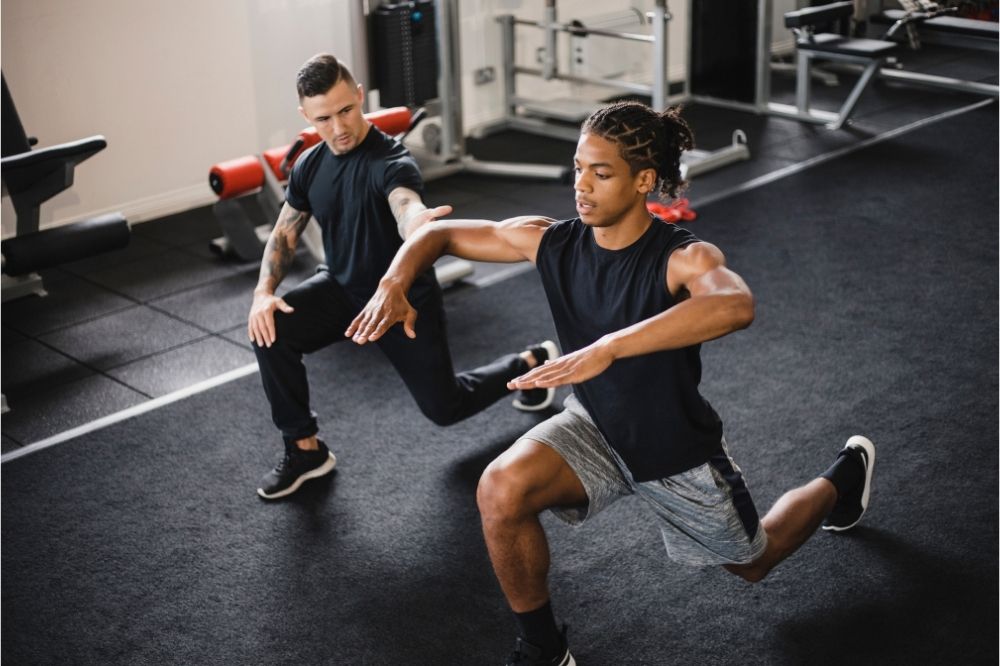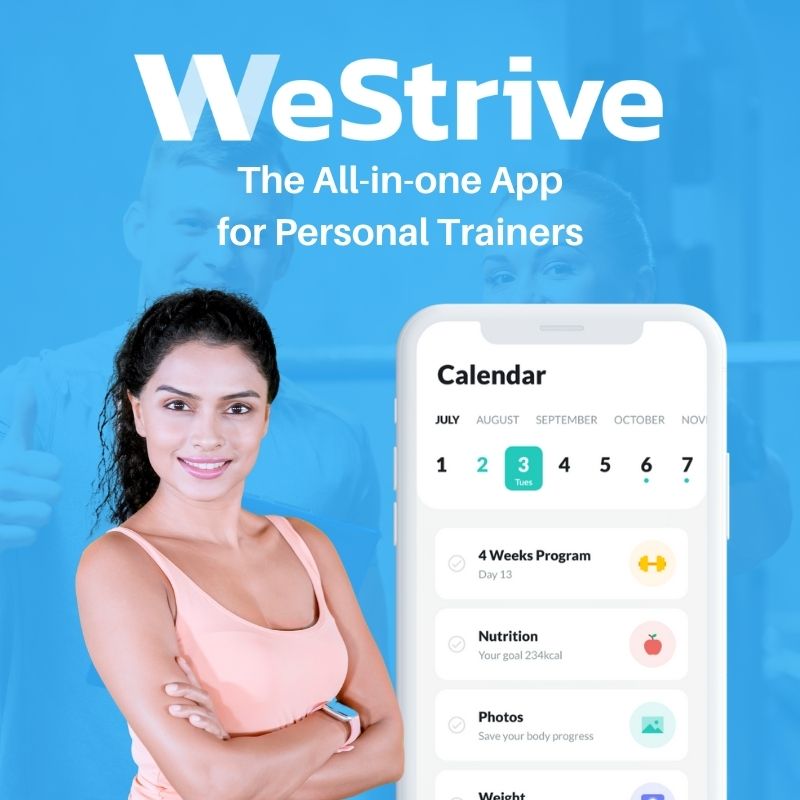|
FREE GUIDE: HOW TO LAUNCH AN ONLINE PERSONAL TRAINING BUSINESS
IN JUST 7 DAYS
✓ The new, better way of launching an online business
✓ The fastest way to create in irresistible offer ✓ A simple system to sell to clients who are interested |
|
Talking to your clients is a fundamental part of coaching them and we all have our favourite go-to phrases that we rely on as effective when cueing and motivating them. But some forms of communication are at best unhelpful and at worst detrimental to your client, your relationship with them and how they feel about their bodies. The language we use as effective personal trainers have a massive influence on our clients and that’s something that we must take responsibility for. Improving our communication skills can ultimately improve our clients’ results, so what are some of the essential communication skills in coaching? #1 Non-Verbal Communication Chris Voss, the author of “Never Split The Difference”, spent years as an FBI hostage negotiator. He identifies The 7/38/55 Rule. In short, this means 7% of communication is made up of the actual words said, 38% of communication is the way those words are said including the tone of voice, and the inflections used, and an enormous 55% of communication stems from body language. So it’s not only important what is said to your clients, but also the way you deliver that information. It’s also important to note if what you say is supportive, but the way you say it suggests you’re bored, frustrated or annoyed with the client for asking - the message your client will receive is likely to be negative. One simple trick here can go a long way. Always have a smile on your face, even when talking on the phone to your clients. #2. Session Reminders One simple trick to cut down on the number of missed appointments with face to face clients is to send a confirmation text message the day before your session. You can batch this task to do all the clients for the day the morning before their session, and you could use this prompt to do a few important things.
If you don’t currently have a cancellation policy in place, this could be a good time to put one in your terms and conditions. #3. In-Session Cues This is a massive area of communication and touches on the art of coaching itself. Strictly limiting the discussion to communication skills though, here are a few things to keep in mind: Think about what you intend to say before you say it. This seems simple, but it’s often overlooked and that can lead to rambling explanations which are confusing to your client. Choose your language carefully, avoid communicating on autopilot. The way you explain a movement would be different if you were coaching a complete beginner to exercise and someone who was an experienced gym-goer. Don’t try to sound too clever and technical; the point of the coaching is to make your client understand what you mean. They already see you as their go-to expert, you don’t need to add a load of technical language to your cues that might confuse them further. Use words they would know to explain what you’re looking for. For example, instead of warning against hyperextending their back at the top of a deadlift, you might say “just stand up tall, don’t lean backwards”. Give one clear cue at a time and make it clear what you’re watching for as they perform the exercise. Ignore anything else that they’re maybe not quite performing properly yet, and remember that your feedback is on that one element. Once they can perform it mindfully and properly for a few reps without correction, only then give them another thing to work on. #4. Active Listening Listening attentively to your client explaining their goals, their struggles and their motivation is an essential part of providing them with an effective service. Motivational interviewing is one way you can actively listen to your client, and to check that you’ve understood them correctly using the three styles of communication; directing, following and guiding. These methods of communication are important to build rapport, establish the drivers that are directing your client’s behaviour and can help you get to the root cause of behaviours quickly and directly. Chris Voss talks about two other similar methods of communication; mirroring and labelling. Mirroring involves repeating the client’s statement back to them. Usually this would be the last one to three words, inflected as a question, to prompt them to divulge more details to you. This can be useful when talking about goal setting or problems. EXAMPLE The client may say, “I struggled to stick to my calorie target this weekend because it was my kid’s birthday” to which you’d reply, “it was your kid’s birthday?” and they might give you some more information, like “Yeah, and I was so stressed at the party, I ate three slices of birthday cake!" Labelling involves drawing a conclusion about what they’ve just said which doesn’t use words they’ve used to check if they agree with your statement. Sticking with the example above, this might look something like this… EXAMPLE “Yeah, and I was so stressed at the party, I ate three slices of birthday cake!” You’d reply: “it sounds like the party was stressful!” “Yeah, my ex-husband was there and it always makes me anxious to be around him!” This has given you some insight into what struggles that client may face in terms of her relationships, and stress levels outside of the gym. #5. Positive Reinforcement Talking positively about what your client is capable of, the skills they are developing and the confidence they are gaining from regularly attending sessions is a great way to reinforce the behaviours around exercise without making a comment about the client’s physical appearance or transformation. That may be welcomed by some clients, but not everyone would feel comfortable with having their body commented on. In the same way that you wouldn’t physically cue a client, touching them without their express permission first, you would respect their boundaries verbally as well as physically. Conclusion Your influence over your personal training clients is often greater than you realise. With a thoughtless tone of voice, or inpatient gesture, you might unintentionally undermine the confidence you’re working so hard to help them to develop in the gym. These few communication suggestions are just some of the ways you can provide a supportive, and progressive service with the proper accountability your clients need.
|
Our All In One Platform
Check out out all in one business & marketing platform for personal trainers!
WEBSITE BUILDER | FUNNELS |MEMBERSHIPS | SCHEDULING| EMAIL MARKETING| PAYMENTS| CRM | AI ASSISTANT | SURVEYS
Popular Articles
Trusted Partners
We work closely with some of the best service providers in the fitness industry.
Categories
All
|









